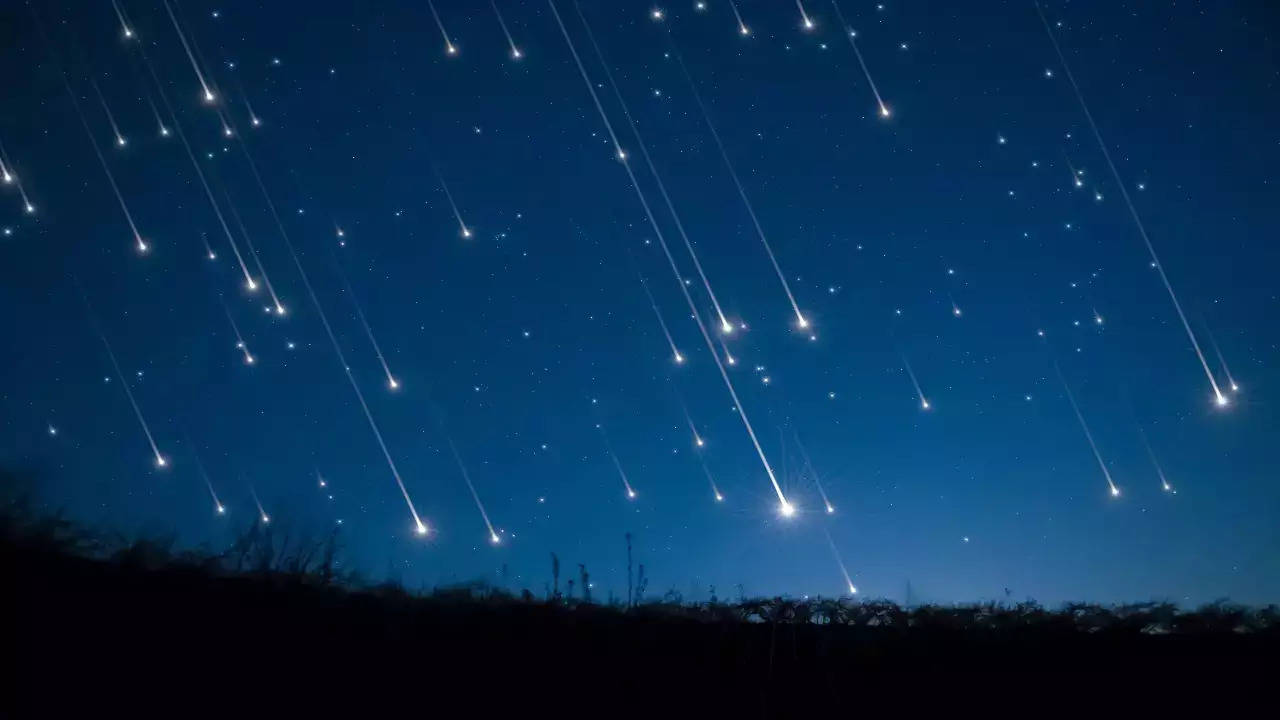[ad_1]
In a celestial spectacle set to unfold on the night time of December 14, sky gazers are in for a uncommon double deal with because the annual Geminid meteor bathe reaches its peak, coinciding with the surprising debut of a brand new meteor bathe related to comet 46P/Wirtanen. A latest examine by a crew of worldwide researchers revealed that the particles stream from 46P/Wirtanen, fashioned throughout an extra-close encounter with Jupiter half a century in the past, is intersecting Earth‘s path, creating what might be the first-ever meteor bathe from this comet.
The comet, identified for its “Christmas Comet” show in 2018, has traditionally failed to supply important capturing stars regardless of shut encounters. Nonetheless, this 12 months, Earth is anticipated to intercept a denser area of the comet cloud, probably leading to a novel and engaging meteor bathe. Not like the Geminids, that are identified for his or her reliability and excessive meteor depend, the brand new bathe is estimated to peak at a modest two to 10 meteors per hour.
Regardless of the restricted meteor depend, the occasion is noteworthy for its rarity. The brand new meteor bathe will solely be seen from Oceania and Indonesia, including to its exclusivity. Skywatchers in the correct location can count on the capturing stars to seem to originate from the constellation Sculptor within the southern sky between 0800 and 1230 GMT.
In the meantime, the Geminid meteor bathe, famend as one of the vital lively and dependable annual shows, is ready to achieve its peak on the night time of December 14 into the morning of December 15. This 12 months’s Geminids maintain specific enchantment as a result of optimum viewing situations: a brand new moon ensures a darkish sky, and the bathe coincides with the Geminids’ highest level within the sky from Earth’s japanese longitudes.
Astronomers advocate heading out within the early hours of December 15 for the most effective view, away from vivid metropolis lights and ideally in areas with darkish skies. The Geminids, radiating from the constellation Gemini, are anticipated to have a zenithal hourly fee of round 150 meteors at their peak, making them a spectacular pure fireworks show.
As stargazers put together for this celestial double function, consultants advise discovering a cushty, darkish location, mendacity down, and permitting no less than half-hour for eyes to regulate to the darkness. Whether or not witnessing the reliable Geminids or the potential debut of the 46P/Wirtanen-associated meteor bathe, skywatchers are in for a fascinating night time underneath the celebs.
(with inputs from PTI)
The comet, identified for its “Christmas Comet” show in 2018, has traditionally failed to supply important capturing stars regardless of shut encounters. Nonetheless, this 12 months, Earth is anticipated to intercept a denser area of the comet cloud, probably leading to a novel and engaging meteor bathe. Not like the Geminids, that are identified for his or her reliability and excessive meteor depend, the brand new bathe is estimated to peak at a modest two to 10 meteors per hour.
Regardless of the restricted meteor depend, the occasion is noteworthy for its rarity. The brand new meteor bathe will solely be seen from Oceania and Indonesia, including to its exclusivity. Skywatchers in the correct location can count on the capturing stars to seem to originate from the constellation Sculptor within the southern sky between 0800 and 1230 GMT.
In the meantime, the Geminid meteor bathe, famend as one of the vital lively and dependable annual shows, is ready to achieve its peak on the night time of December 14 into the morning of December 15. This 12 months’s Geminids maintain specific enchantment as a result of optimum viewing situations: a brand new moon ensures a darkish sky, and the bathe coincides with the Geminids’ highest level within the sky from Earth’s japanese longitudes.
Astronomers advocate heading out within the early hours of December 15 for the most effective view, away from vivid metropolis lights and ideally in areas with darkish skies. The Geminids, radiating from the constellation Gemini, are anticipated to have a zenithal hourly fee of round 150 meteors at their peak, making them a spectacular pure fireworks show.
As stargazers put together for this celestial double function, consultants advise discovering a cushty, darkish location, mendacity down, and permitting no less than half-hour for eyes to regulate to the darkness. Whether or not witnessing the reliable Geminids or the potential debut of the 46P/Wirtanen-associated meteor bathe, skywatchers are in for a fascinating night time underneath the celebs.
(with inputs from PTI)
[ad_2]



